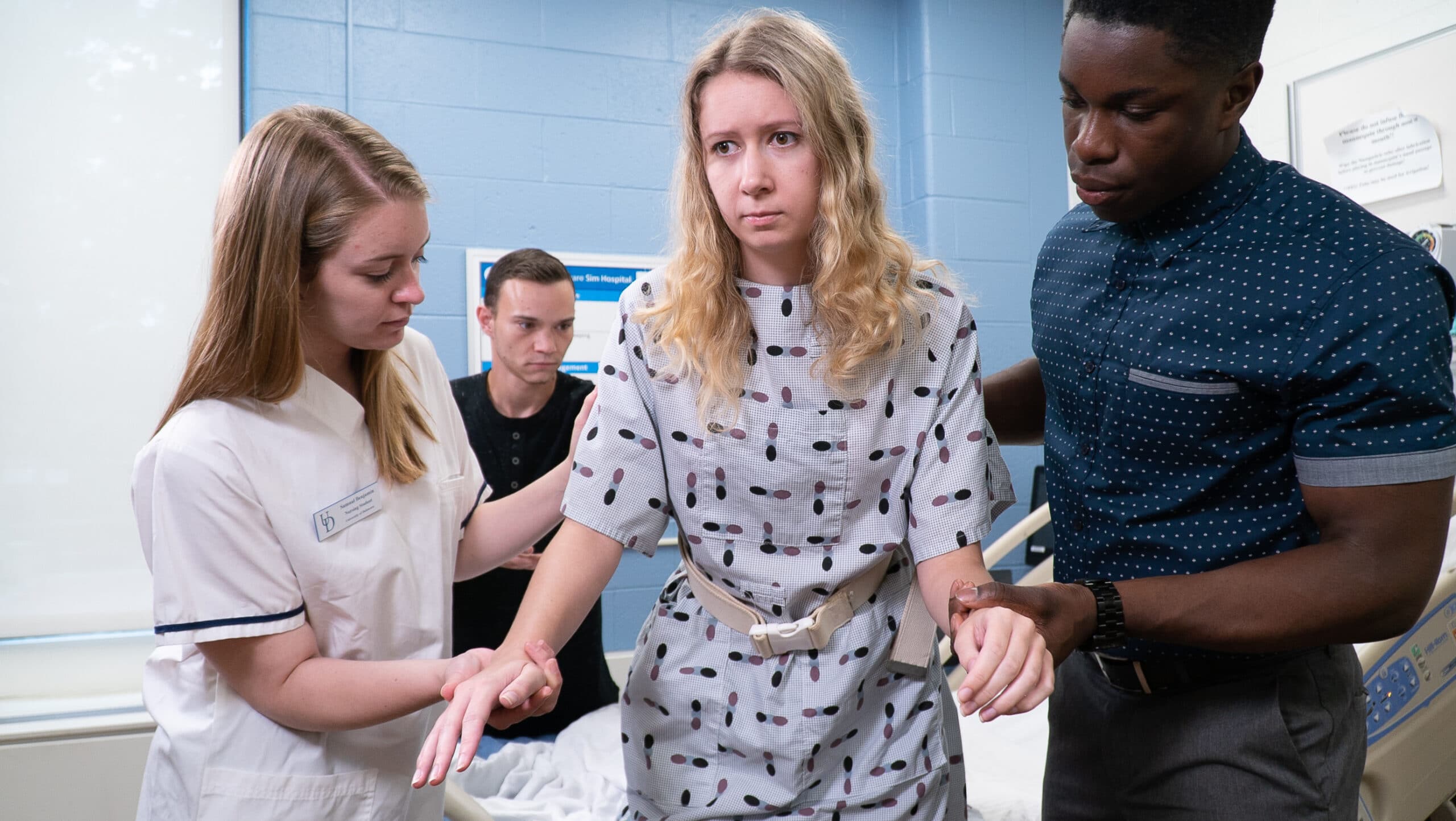Simulations Stick With Simulated Participants

Abstract
Simulated Participants (SPs), also known as Standardized Patients, prove more effective and provide reality that is difficult to achieve with high-fidelity human patient simulator mannequins. In a study comparing the efficacy of human patient simulator mannequins and SPs, the authors found the scenarios using SPs yielded better results in several areas. In the article “Assessing the performance and satisfaction of medical residents utilizing standardized patient versus mannequin-simulated training,” the participants interacting with SPs scored higher on outcomes testing and reported more realistic interactions.
Simulations that Stick
Simulation-based education has rapidly increased in the past 5 years (Alsaad, et al., 2017). The use of standardized patients has expanded to include multiple human role players interacting with learners in a variety of positions within the simulation pedagogy and are more correctly coined simulated participants according to The Association of Standardized Patient Educators (ASPE) Standards of Best Practices. Simulation “is a major path compliant with best educational standards and ethical principles in the process of medical education.” With the use of high-fidelity human patient simulators, the personal effect and face-to-face communication skills are not always emphasized, nor can they be entirely replicated. Interaction with SPs provides a more realistic interaction within the simulation (Alsaad, et al., 2017). Using hybrid simulations, which include SPs and wearable simulation technology, is the richest learning environment in simulation education.
In their study, Alsad et al. (2017) report improved knowledge retention and higher test scores from participants interacting with SPs over mannequins. Test scores were higher for the residents in the SP group on post-tests and they reported more realism than the residents in the mannequin group (Alsaad, et al., 2017). The power of using SPs can be seen in the study results which revealed a 36% improvement in overall scores for the SP group while the mannequin group only improved by 24% (Alsaad, et al., 2017). Even more telling, in one scenario there was an improvement of 48% from the original score with the SP group while the mannequin group only saw a 26% improvement (Alsaad, et al., 2017).
The financial constraints of simulation education limit many educational programs from full curricular integration. The authors of the study point out that SPs provide a cost-effective alternative to high-fidelity human patient simulators (Alsaad, et al., 2017). Academic institutions can build a robust SP program on a very tight budget. Hospital systems may be able to recruit volunteers or pull from existing medical and educational staff, provide the necessary education, and fill the SP positions with less financial impact (Alsaad, et al., 2017).
Using hybrid simulations which include SPs and wearable simulation technology, translates seamlessly to the bedside, improves knowledge retention and higher test scores, while providing progress in the evolution of simulation education to the highest fidelity possible. The opportunities to address institutional risk assessment training, patient satisfaction scores, and ongoing education for staff will also find more bang for the buck with this educational model with proven results. People trained with people, treating AND caring for people with improved safety and better patient outcomes.



